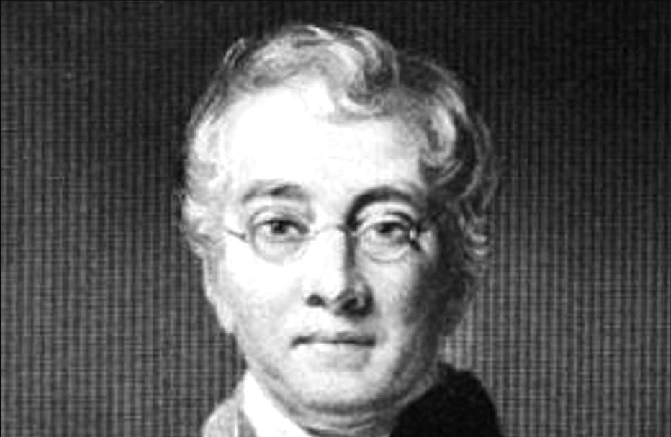He contributed greatly to our knowledge of brain anatomy: Who is Charles Bell?
In his books, he redefined the structure and function of nerves, providing evidence to disprove common misconceptions.

(1774-1842) Scottish anatomy and physiology scholar. He worked on the nervous system, especially emphasizing the distinction between movement and sensory nerves. He was born in Edinburgh in November 1774. One of his brothers, John (1763-1830) was a professor of anatomy and surgery at Edinburgh University, and George Joseph (17701843) was a professor of law at the same university. Receiving his first anatomy education from his elder brother, Charles graduated from Edinburgh University in 1804 and went to London. He drew attention as a good surgeon and lecturer in this city, where he would spend most of his professional life, especially with his clinical lessons. He was appointed as the surgeon of the Middlesex Hospital in the same city in 1812, to the professorship of anatomy and surgery at the Royal College of Surgeons in 1824, and to the director of the medical school affiliated with the University College in 1828. Bell, who was elected a member of the Royal Society in 1826, received one of the first medals of this institution three years later, and the title of "Sir" in 1831. Leaving University College London in 1836, he returned to the chair of surgery at Edinburgh University and died on 28 April 1842 at North Hallow, Worcestershire.
Sir Charles Bell (12 November 1774 – 28 April 1842) was a Scottish surgeon, anatomist, physiologist, neurologist, artist, and philosophical theologian. He is noted for discovering the difference between sensory nerves and motor nerves in the spinal cord. He is also noted for describing Bell's palsy.
Bell published his drawings of brain and nervous system anatomy in 1806. His New Idea of Anatomy of the Brain published in 1811 and The Nervous System of the Human Body in 1830 broke new ground in neurology. In these works, he redefined the structure and function of nerves, providing evidence to refute the popular belief. According to Bell's explanation, the structure of the nerves was not a whole as thought but consisted of thin fibers. It was also wrong to think of nerves as a single type, it was necessary to divide them into sensory and motor nerves according to their functions. Sensory nerves transmit impulses to the central nervous system, while motor nerves transmit impulses from the brain or other central organs to surrounding organs. In the same years, the French physiology and neurology scholar Magendie drew attention to the difference between their functions and distinguished between sensory and motor nerves. As a result of his collaboration with Magendie, Bell also determined the bidirectional conductivity of the spinal nerves (spinal nerves). He explained that movement (motor) nerves emerge from the anterior (abdominal) roots of these nerves and sensory nerves from the posterior (dorsal) roots. This invention was the basis for important advances in neurology.
WORKS:
- Essays on the Anatomy of Expression in Painting, 1806,
- New Idea of Anatomy of the Brain, 1811,
- Observations on Injuries of the Spine and Thigh Bone, 1824,
- The Nervous System of the Human Body, 1830.
